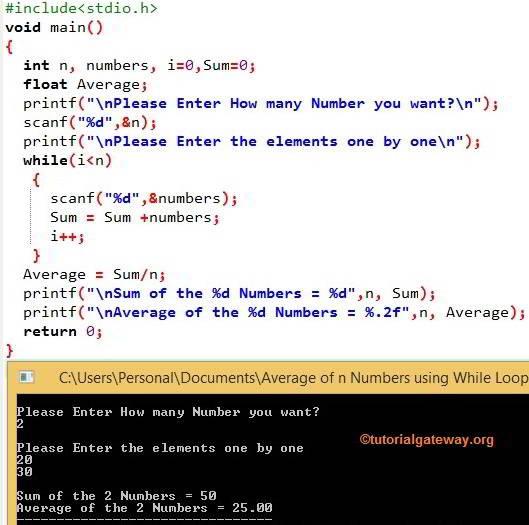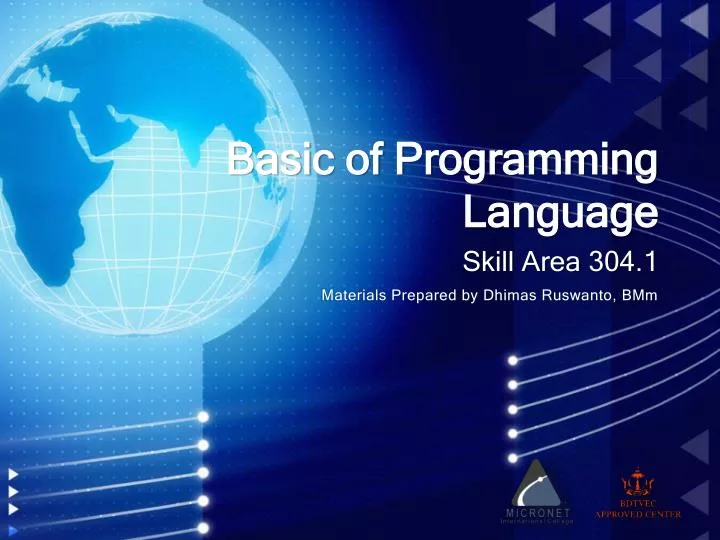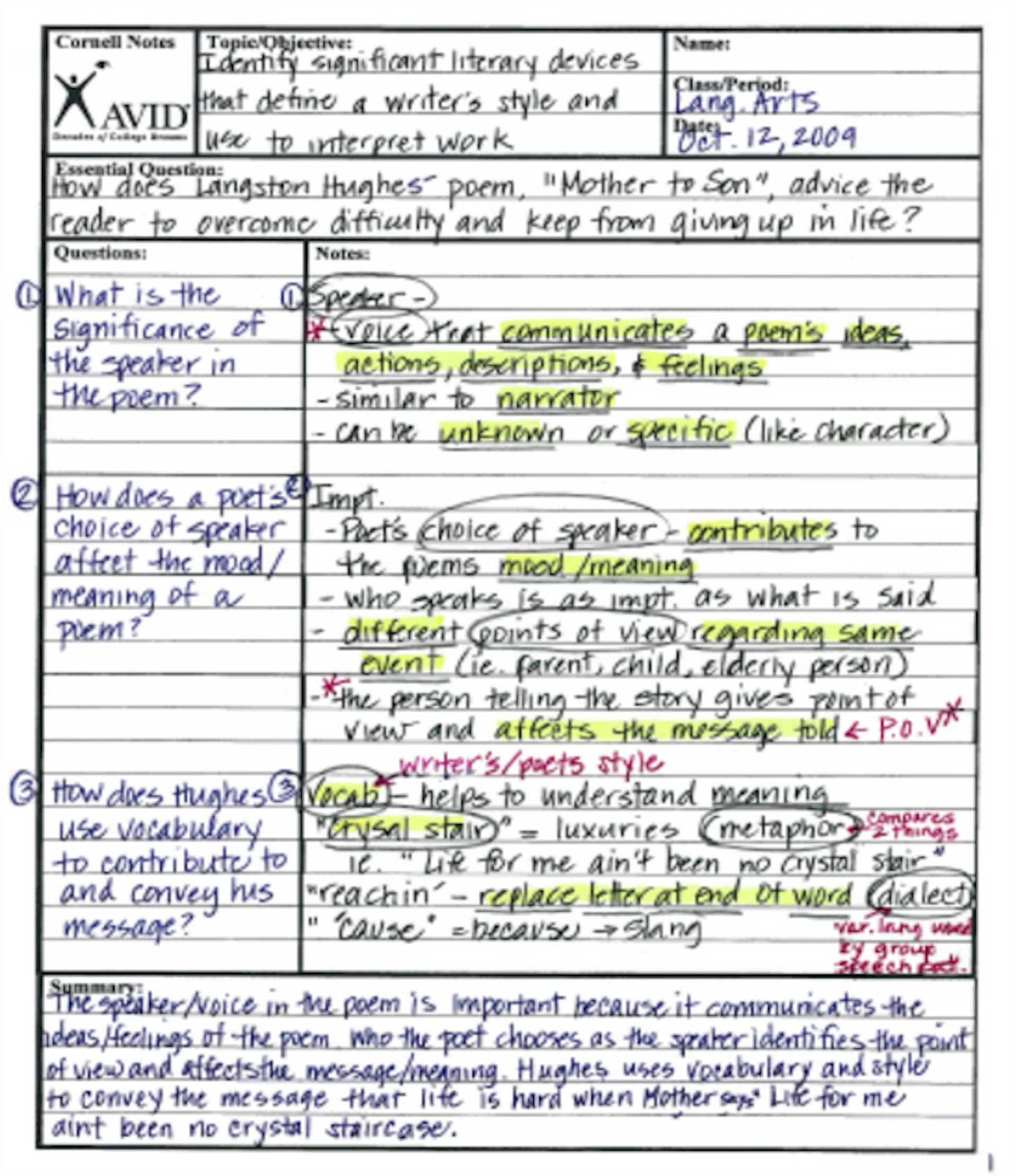


A standards-compliant and portably written C program can be compiled for a very wide variety of computer platforms and operating systems with few changes to its source code. C was therefore useful for many applications that had formerly been coded in assembly language.ĭespite its low-level capabilities, the language was designed to encourage cross-platform programming. It was designed to be compiled using a relatively straightforward compiler, to provide low-level access to memory, to provide language constructs that map efficiently to machine instructions, and to require minimal run-time support. C has greatly influenced many other popular programming languages, most notably C++, which began as an extension to C.Ĭ is an imperative (procedural) systems implementation language. However, the code written in C language needs a compiler to convert different instructions and data into machine language.Ĭ is one of the most popular programming languages of all time and there are very few computer architectures for which say C compiler does not exist. The programs written in C are quite efficient. Programs written in C are easy to write and debug as well as portable. C became popular because of the success of UNIX system which was largely written in C and which could be used on different types of computers.

A second phase of developments in C came in during the years 1977-1979. The earlier C was also called B with types though many ideas were also borrowed from ALGOL 68. Ritchie has given an excellent exposition of the problems experienced during development of C in his lecture entitled “The Development of the C Language”.Īlthough C was designed for implementing system software, it is also widely used for developing portable application software. Many of the ideas of structure of C language were taken from BCPL and B. It was named ‘C’ because many of its features were derived from an earlier language called ‘B’. One of the serious constraints experienced while developing the language B was the small computer memory available at that time.Ĭ is a general purpose computer programming language developed in 1972 by Dennis Ritchie at the Bell Telephone Laboratories for use with the Unix operating system. In those days, the development of computers was in infancy.

The basic ideas about some topics such as arrays, etc., which were later inherited by C were developed in BCPL and B. This language was later improved by Ken Thompson and he gave it a new name B. As you know an OS is software which controls the various processes in a computer system. The intention was to develop a language for writing an operating system (OS). Martin Richards developed a high-level computer language called BCPL in the year 1967.


 0 kommentar(er)
0 kommentar(er)
